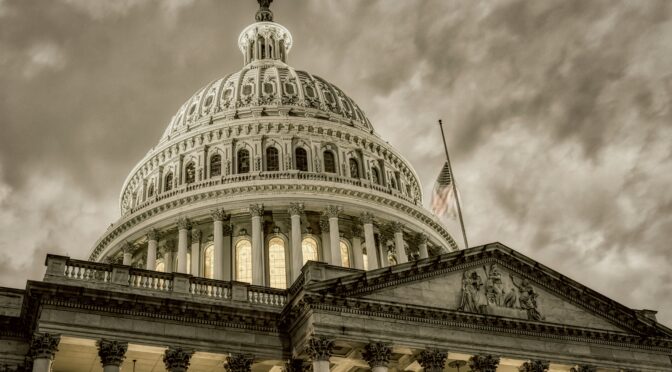By Sean Robins, NACAC’s director of advocacy
The federal government is at risk of a shutdown. If lawmakers cannot reach an agreement today on a Continuing Resolution to fund the government, federal operations will shut down at midnight.
For students, families, and colleges, the consequences are tangible. Here’s what to expect.
U.S. Department of Education Contingency Plan
The Department of Education has released a contingency plan, detailing how it would maintain critical operations while furloughing most staff. During the first week, roughly 95 percent of employees — about 2,117 of 2,447 — would be furloughed, leaving approximately 112 essential personnel to protect life and property or continue legally required functions.
What Will Continue
These activities are largely funded through mandatory or advance appropriations and are legally required to continue:
- Student Aid Disbursement: Pell Grants and Federal Direct Loans will continue to be distributed.
- Student Loan Servicing: Borrowers can continue making payments; contract staff servicing loans will remain active.
- Grant Funding: Title I and IDEA grants already awarded will be accessible to states, schools, and grantees.
- FAFSA Processing: Key operations to support student financial aid applications will continue.
- Rulemaking for Statutory Requirements: Certain Office of Federal Student Aid rulemaking tied to law will proceed.
- Bipartisan Safer Communities Act Programs: Mental health initiatives funded under this law will continue to operate.
What Will Cease
Many discretionary and administrative functions would be temporarily paused:
- New Grantmaking: The department will halt awarding new grants.
- Civil Rights Investigations: Office for Civil Rights (OCR) reviews and investigations will pause.
- Guidance and Regulatory Actions: Development and implementation of guidance, technical assistance, and regulations will be delayed.
- Contracting: The department will not issue new contracts during a shutdown, except those tied to “expected activities.” These are legally required functions that must continue, such as those authorized by law, necessary to keep already-funded work moving forward, needed to protect life or property, or tied to the President’s constitutional duties. Even for these contracts, payments may be delayed.
Even brief disruptions can create cascading challenges, slowing program implementation and creating uncertainty for students planning their college education. The department’s plan emphasizes rapid shutdown procedures, including furlough notices, securing federal property, and notifying grantees and contractors. While staff would return immediately once funding is restored, the impact of paused discretionary work could ripple across the education system, particularly for underserved communities.
A government shutdown is a tangible threat to students, colleges, and the broader goal of equitable access to higher education. Ensuring Congress reaches a funding agreement is essential to protect students’ opportunities, financial security, and pathways to college and career success.
NACAC’s Ongoing Monitoring and Updates
NACAC is closely tracking developments related to the looming government shutdown and the Department of Education’s operations. We are committed to keeping members informed as new information becomes available, including changes to student aid, grant funding, and other critical education programs. As the situation evolves, NACAC will provide timely insights and guidance to help colleges, high schools, and students navigate any disruptions. NACAC members can also take action and make their voices heard through NACAC’s Advocacy in Action page, which provides resources and opportunities to engage with lawmakers on issues that affect education access.

